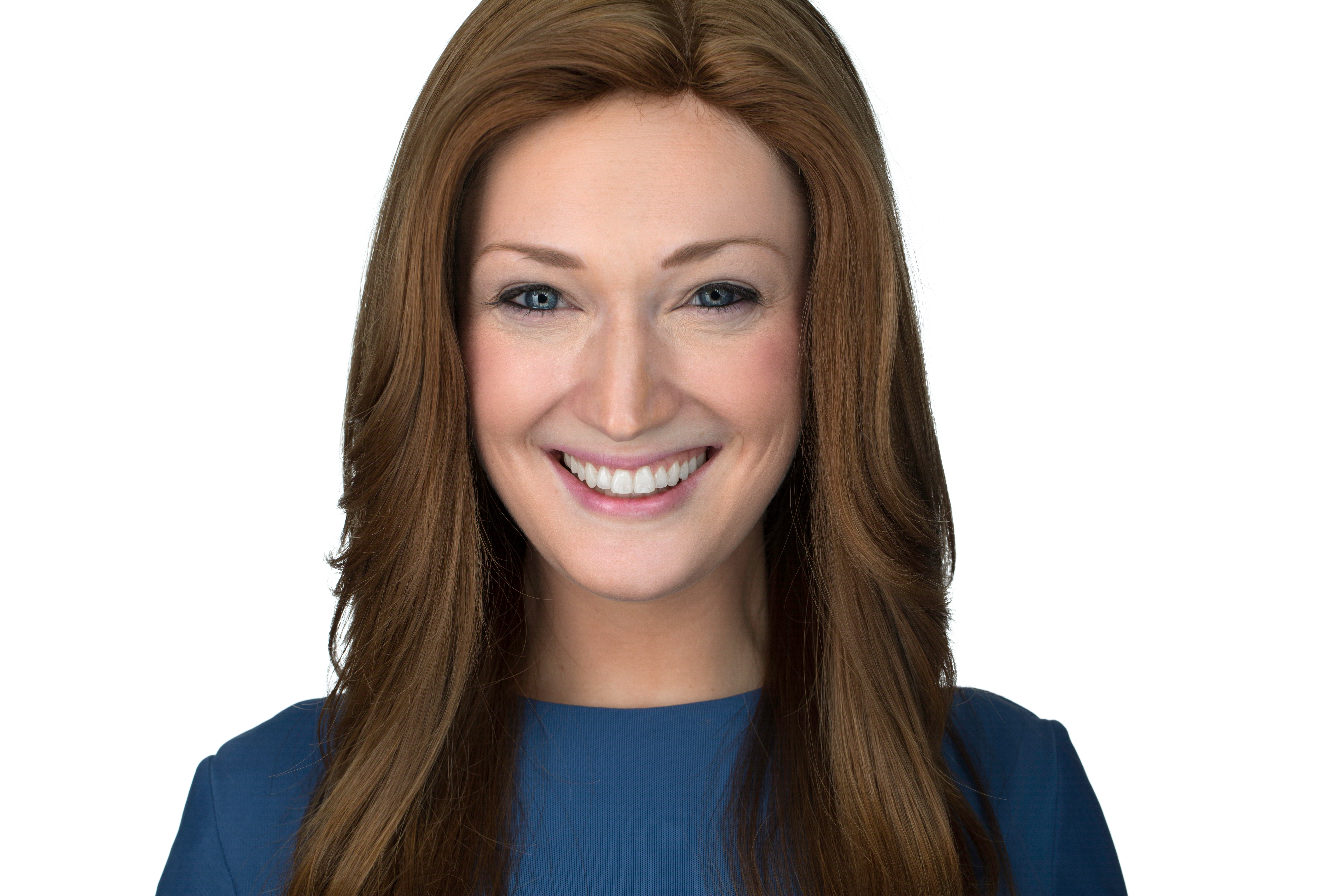Sury: Part 3

"There is a great way to find answers to all these questions: simply asking my ideal customers what they thought!"

This week we started with research on customer bases and ended with a solid business plan. It’s crazy exciting to see it in print, and pretty impressive to show off. It was amazing to see the look on my parents’ faces when I presented them with a neatly typed-up document explaining financials and other things they didn’t think I knew about.
We started with focusing on who I thought my customers would be, who my ideal customer actually was (not necessarily the same thing!), and then finding out from real people if they were looking for a product like the one I planned to sell.
We used an interesting exercise to figure out who my target customer would be. I assumed that I would be selling clothing to my friends, which seemed pretty simple: They are always looking for better designs and styles, and were spending money on clothing regularly anyway. But I needed to think in broader terms. Was there anyone else to keep in mind aside from 18-year-old frum girls in New York? Who was making the spending decisions, the girls or their mothers? How often do such girls make a purchase? What’s their typical price point? Do they prefer to spend more on quality or quantity? Would it be better to use cheaper materials and labor to offer better pricing, or should I use high-quality material and excellent seamstresses to create long-lasting pieces? Are we just selling weekday clothing; is it more casual or dressy? Do we want to focus on super-fancy clothes for special events, like clothing for a simchah, or are we more of a Sunday-funday sort of shop? Lots of questions to think about.
Luckily, there is a great way to find answers to all these questions: simply asking my ideal customers what they thought!
To do that, we created a “target-audience persona”: a sample person who I plan to sell to. We then filled out a chart, filling in information about this “persona,” making up an imaginary customer. We decided that she is a frum, 18-to-20-year-old girl, who had just finished high school and seminary and was entering the professional working world. She is someone who has good taste and cares about comfort. Her parents are often the ones paying for her clothing, although she is the one who makes the choices. We even named her, calling her Perry Price. Then, we were able to start asking questions about her line of thinking: What would Perry want? What would Perry pay for such an item?
Now that we were clear on who my products would be geared toward, it was time to find out if I was making the correct assumptions about those people. To find out, we made a list of questions to ask people who were similar to Perry Price. I planned to ask these questions to 25 to 50 girls. The hardest part was picking up the phone and actually making the calls. We planned a basic script for me to follow, which went something like this: “Hi ______, I’m working on starting a clothing business, and was wondering if you would mind helping me out by answering a few questions. Your opinion is really important to me, and I’m including it in research I’m doing before I get started.” Of course, people were surprised, but most were very happy to talk and give me advice.
(Excerpted from Teen Pages, Issue 775)
Oops! We could not locate your form.



